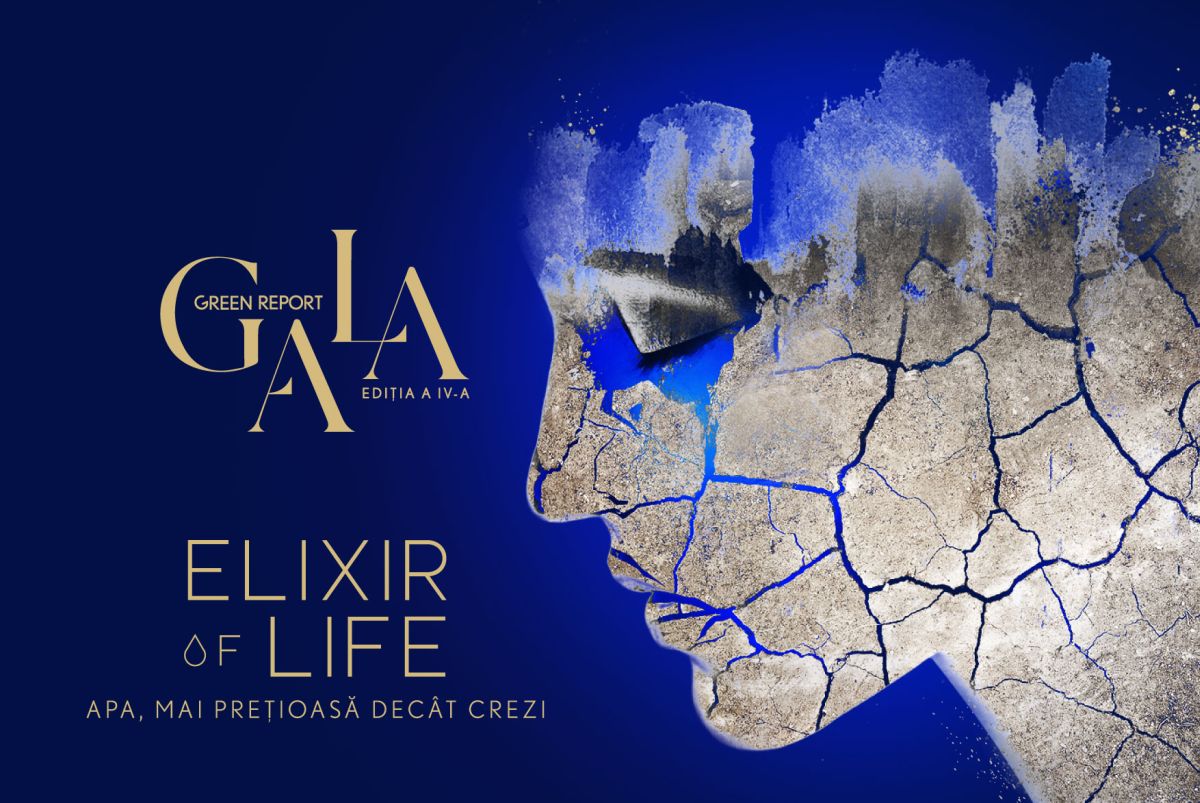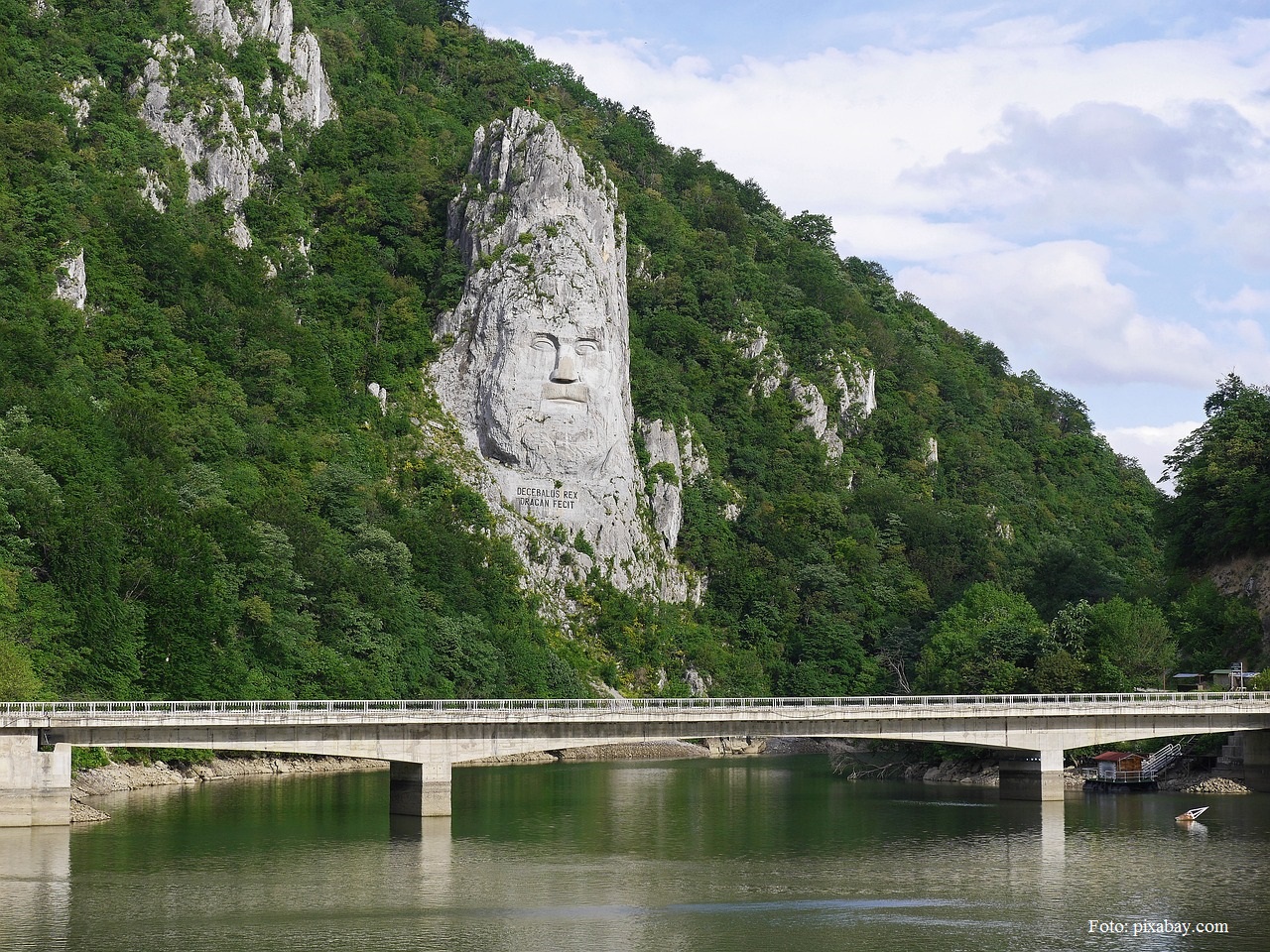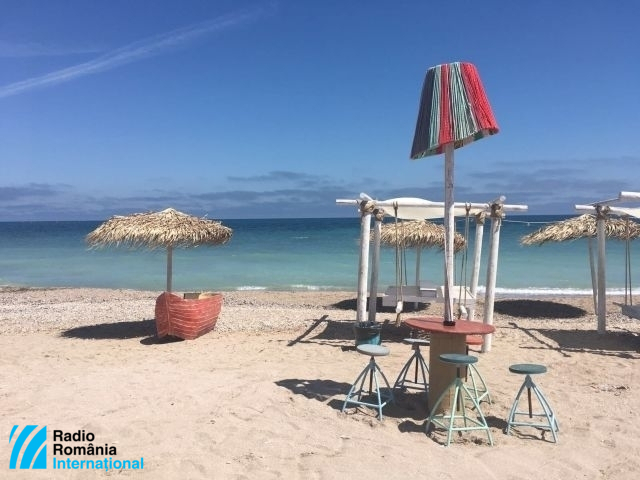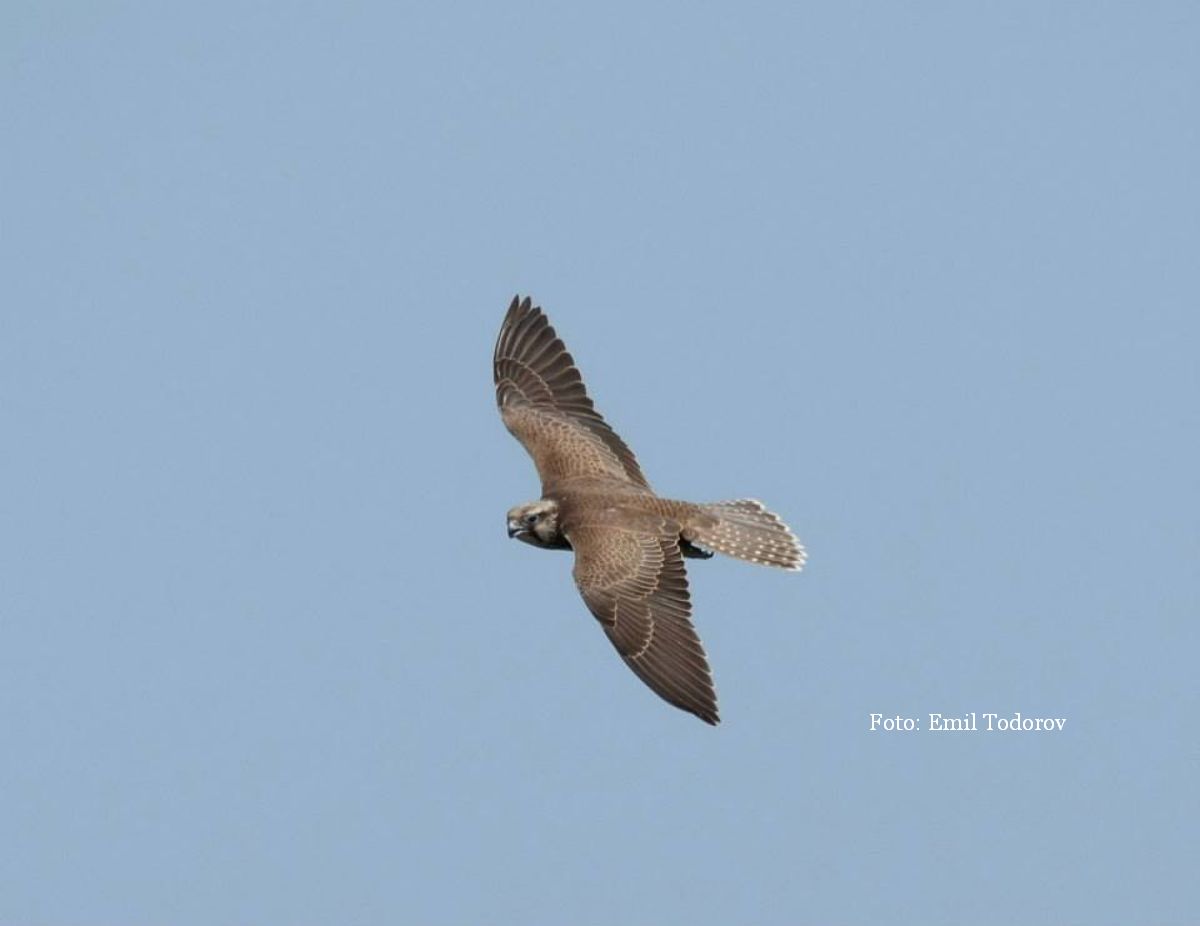“Appreciate Nature” Campaign
The Romanian Carpathians boast Europes largest populations of wolves, chamois and lynxes.
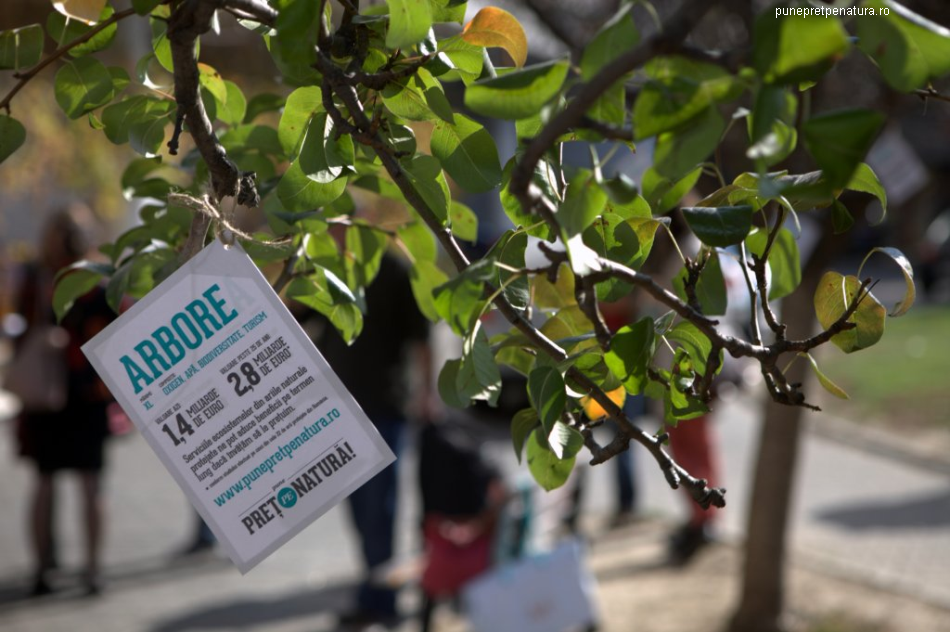
România Internațional, 29.11.2013, 13:40
The Romanian Carpathians boast Europe’s largest populations of wolves, chamois and lynxes. Romania is also the only European country that covers five biogeographic regions out of the total of 11 in Europe. However, protected areas in the Carpathians are underfinanced. According to a study conducted by the National Forestry Authority jointly with the World Wildlife Fund Romania might lose about 9 billion euros in the next 25 years unless measures for an effective management of protected area are taken. The study was conducted as part of a project aimed at improving the financial sustainability of the system of protected areas in the Carpathians, implemented by the United Nations Development Project. The study, which used data and figures from five pilot parks, shows that protected areas are an important and productive economic asset but their underfunding may cause a decline in biodiversity and losses to the country’s economy. The “Appreciate Nature” Campaign was launched under the same project. Its message is to value nature and contribute to its financing. Here is Dragos Mihai, Chief of the National Forestry Authority’s Department for Protected Areas:
“We think that a goal worth fighting for in the future is that of diversifying funding sources. It’s difficult for just one institution to provide the amounts necessary for a proper management of these protected areas. In the future, alongside the finances provided by the Romsilva National Forestry Authority for 22 protected areas it manages, out of a total of 29, we believe the Romanian Government should provide financial support for this sector as well. At the same time, we are now trying to persuade the private sector to pay more attention to and provide financial support for the proper management of these areas. And that’s because part of their revenues result from the good management and preservation of nature reserves.”
Every year Romsilva spends between 2.5 and 3 million euros on the management of the 22 protected areas, although the amount needed is 5 million euros. According to the Employers’ Associations in Tourism and Services, the protected areas in Romania have an incredible tourist potential and are likely to bring substantial revenues if a fee for visitors is introduced. About 2 million tourists visit these areas every year, in spite of the fact that they are poorly promoted. The authors of the study believe that economic agents in the field of tourism or in mineral waters sector should invest part of their revenues in facilities for visitors and in the promotion of protected areas. If these two aspects could be solved by the private sector, things are different when it comes to protecting some species. The cost of such projects should be covered by the Environment Fund, says Dragos Mihai, head of the Protected Areas Department:
“Romania needs to constantly report the conservation status of species and habitats of community interest. I think that certain amounts from the state budget should be earmarked for this purpose. Projects are also very important but they usually target concrete aspects of monitoring certain species and habitats or of identifying the habitat of some species within a protected area. “
According to Monica Moldovan, head of the Programme Unit with the United Nations Development Programme Romania, over the past few years this program has secured a lot of resources from international financing mechanisms such as the Global Environment Fund. This is the financial mechanism of several UN conventions on environment, among which the one regarding biodiversity. Monica Moldovan:
“This project is a natural extension of our long-term partnership with the Forestry Authority, Romsilva, and with the Environment Ministry. This partnership was signed 7 or 8 years ago. We have started to carry out projects in a number of national and natural parks where we tested some measures that are now implemented at national level, such as the project titled “Improving financial sustainability of protected areas.” In 2007 and 2008 we started the economic assessment of the ecosystem services in the Macinului Mountains National Park and the Maramuresului Mountains Natural Park and we now plan to continue our work and apply it nationally. We also want to share our knowledge with other countries in the Carpathian area. The current level of financing of the protected areas managed by the National Forestry Authority covers only half of the amounts that are needed.”
The “Appreciate Nature” Campaign will start with an action of direct mailing towards MPs and Government members, who are the only ones able to implement solutions to diversify means of funding these areas. The site www.punepretpenatura.ro was launched as part of this campaign and includes the legal framework on protected areas and also solutions that could bring more money to the national budget.

